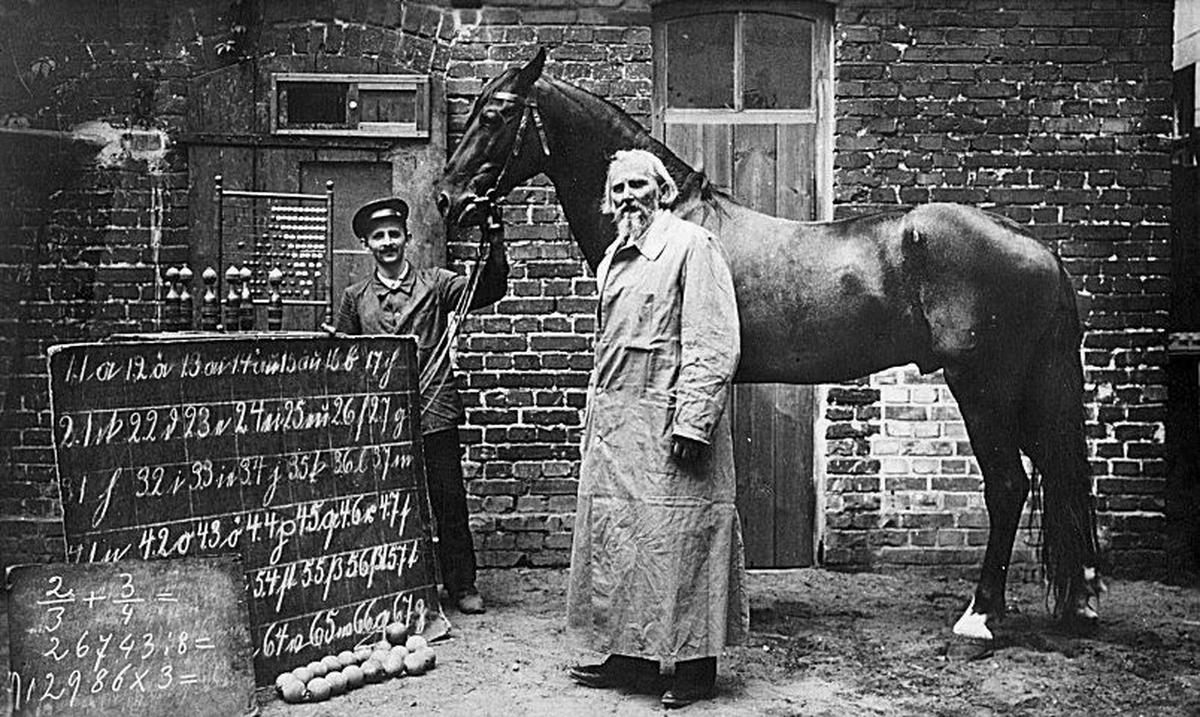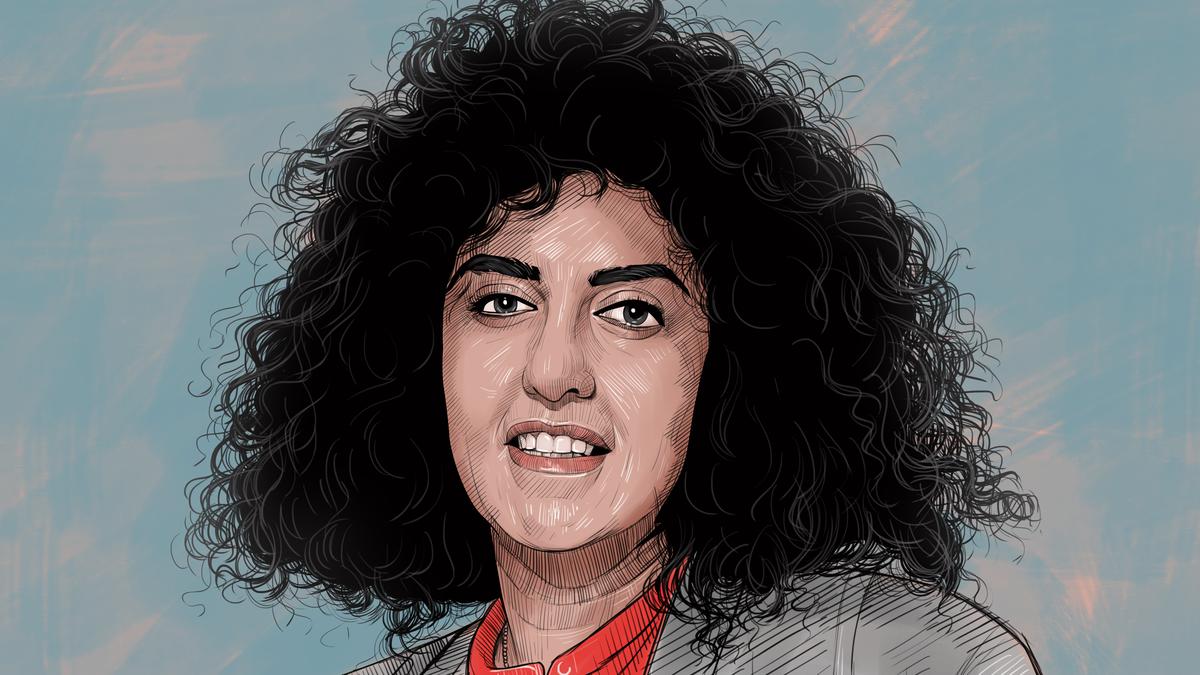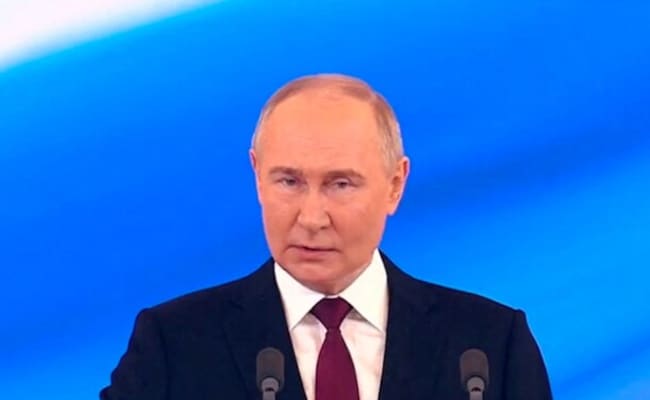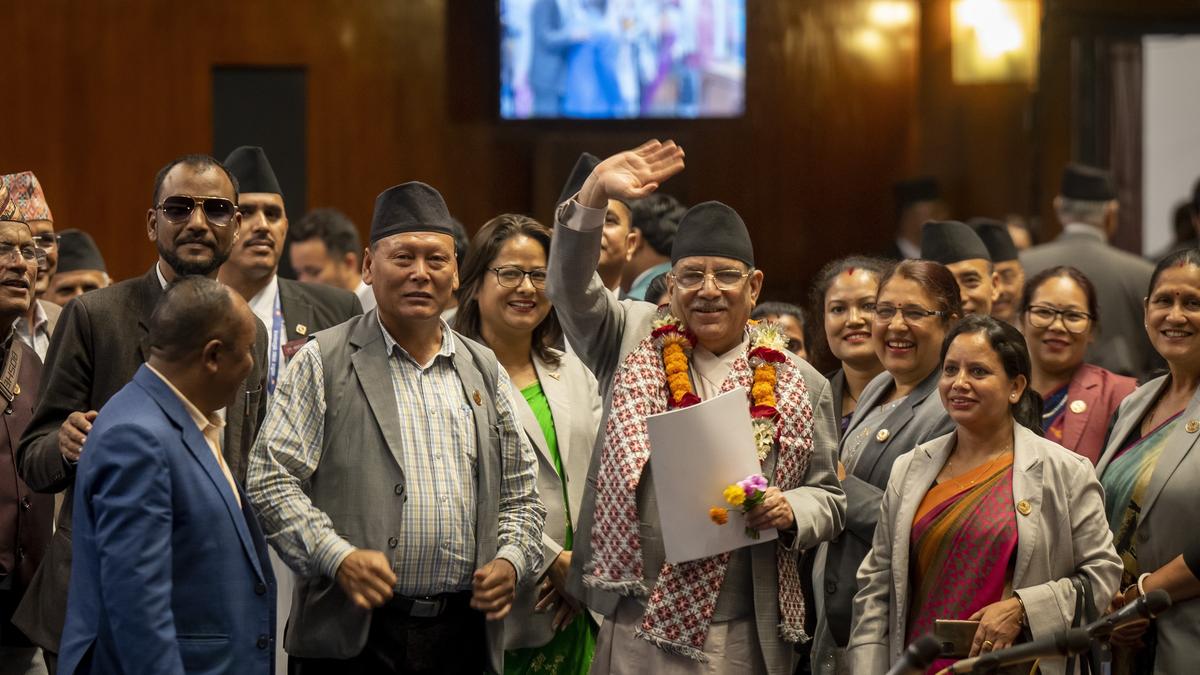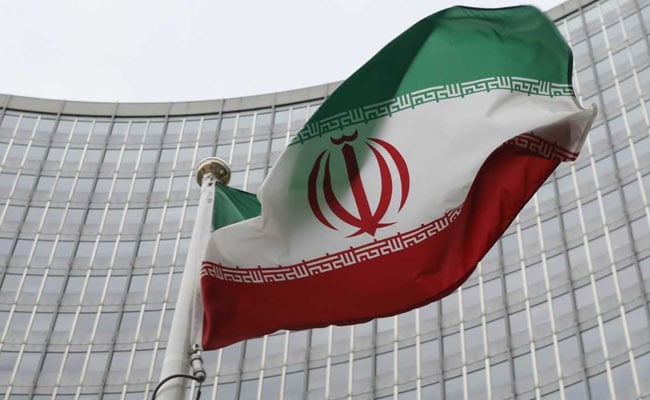Her cell in the women’s ward of Tehran’s Evin prison has a window that opens to a view of the Alborz mountains. The mountain range that stretches from the border of Azerbaijan and merges into the heights of Khorasan has acted as a natural barrier and protector of Tehran for centuries. From the window, she could see the wild flowers on the hills and the snow-clad peaks of the mountains. “I sit in front of the window every day, stare at the greenery and dream of a free Iran,” Narges Mohammadi said in an interview in June this year. Evin, built by the Shah and opened in 1972, is one of the most notorious prisons in Iran which is estimated to be holding one-quarter of the country’s political prisoners. With its torture and solitary confinement cells, Evin could break even the toughest and most resolute minds. In the words of Kian Tajbakhsh, an Iranian-American scholar who himself was a prisoner, “Evin is Iran’s Bastille”.
Lengthy prison terms took a toll on Ms. Mohammadi’s mental and physical health, but her resolve to continue to fight for what she believes in stayed intact. When Iran erupted into street protests last year after the death of Mahsa Amini, a 22-year-old Kurdish woman, allegedly at the hands of the country’s morality police who arrested her for violating the mandatory hijab rules, Ms. Mohammadi’s life and struggles came into focus again. She organised protests inside the walls of the prison. She continued to speak through her Instagram page and written interviews in defence of women’s rights. In September this year, she said the cycles of protests in Iran showed that change was “irreversible”. On October 6, the Norwegian Nobel Committee recognised her relentless struggle by awarding her the 2023 Nobel Peace Prize. Ms. Mohammadi “has dedicated her life to fighting against the oppression of women in Iran and promoting human rights and freedom for all”, said the Committee.
Revolutionary fervour
Born in 1972 in Zanjan, some 270 km northwest of Tehran, Narges Mohammadi grew up in the Shah’s Iran that was gripped by revolutionary fervour. The 1979 revolution, which overthrew the Shah’s monarchy and turned Iran into an Islamic Republic, was a watershed moment in the country’s history. The Shah’s regime was highly oppressive and resentful, run by his notorious security police SAVAK and oligarchs, but had tolerated limited social liberties, especially for women. While it’s popularly called the “Islamic revolution”, the anti-Shah popular movement was not just Islamic. Iranians from different political sections, including nationalists, liberals, leftists and trade unionists, had actively joined the movement, seeking freedom from the Shah’s royal dictatorship. When the Shah fled the country in January 1979, Ayatollah Khomeini was in Paris. He landed in Tehran’s Mehrabad airport, which was controlled by the revolutionaries, on February 1, 1979. Khomeini ushered in a new system that would have an elected President and Parliament, while the clerics would remain firmly in control. He promised an Islamic revolutionary government based on Sharia, a model which he called Vilayat-e Faqih (Guardianship of the Faqih, or the Islamic Jurist).
While the revolutionary regime, which promised economic justice and a new spiritual path forward amassed support in the countryside, the liberal and left-leaning sections of Iranian society were agitated by the turn their country was taking. The new regime lost no time in cracking down on dissent. Among those arrested were an activist uncle and two cousins of Ms. Mohammadi. So she did not need to be introduced into activism.
Also read: 2023 Nobel Peace Prize: Narges Mohammadi | The Iranian activist who continues to fight from behind the bars
After finishing high school in Zanjan, she joined the Imam Khomeini University in Qazvin for a major in applied physics. There, Ms. Mohammadi co-founded an organisation called Tashakkol Daaneshjooei Roshangaraan (Illuminating Students Group) and started taking up women’s issues and a campaign against the death penalty. It was in the university she met Tagh Rahmani, another activist, and journalist who she would marry in 1999.
After college, she started writing for a women’s magazine, Payaam-e Haajar. It was published by Azam Alaei Taleghani, daughter of Ayatollah Seyyed Mahmoud Alaei Taleghani, a progressive cleric and a supporter of Mohammad Mosaddegh, the leftwing Iranian Prime Minister ousted by a CIA-engineered coup in 1953. The magazine was shut down in 2000.
As a journalist, Ms. Mohammadi wrote about women’s issues and reformist causes. After her husband, Mr. Rehmani, was arrested in 2001 for a political gathering, she became more involved in rights campaigns and civil society movements. A year later, she joined the Centre for the Defenders of Human Rights that was co-founded by Shirin Ebadi, the renowned human rights campaigner who won the 2003 Nobel Peace Prize. Ms. Mohammadi would soon become the head of the Centre’s Committee on Women’s Rights and represent Ms. Ebadi in foreign conferences. She was also one of the founding members of the National Council for Peace, which was established in 2007, amid fears of a U.S. invasion of Iran, and advocated for peace and campaigned against war.
Her quick rise as a human rights activist earned her the wrath of the regime, which has always looked at liberal campaigners with suspicion. In 2009, the authorities confiscated her passport, potentially banning her from travelling abroad. (Her husband left the country in 2011 and has been living in exile in France ever since. Their twins joined him in 2015.) In 2010, she was arrested for her work for the Centre for the Defenders of Human Rights. According to Mr. Rahmani, Ms. Mohammadi has since then been arrested 13 times, sentenced to a total of 31 years and 154 lashes. In 2011, she was convicted “of acting against national security” and spreading propaganda against the state.
According to PEN America, Ms. Mohammadi “suffers from a neurological disorder that can result in seizures, temporary partial paralysis, and pulmonary embolism — a blood clot in her lung”. In 2014, she was released due to ill health, but outside jail, she drew the world’s attention to the conditions of Evin prison — her 2022 book White Torture, based on interviews with 12 female inmates, gives extensive details about the inhuman conditions of the prison. She herself was kept in solitary confinement and tortured, according to her account. In 2015, she was arrested again and sentenced to another 16 years. She was released a few times due to ill health ever since, but was immediately rearrested.
International recognition
But jail did not break her. Her commitment and resolution earned her several international awards. She is the recipient of both the Alexander Langer Award (2009), the Per Anger Prize (2011), and the 2022 Reporters without Borders Prize for Courage for her human rights work. She also won the 2013 PEN/Oxfam Novib Free Expression Award and the Swedish Olof Palme prize for human rights (2023). And now, the Nobel Prize also reached her.
The Iranian regime, unsurprisingly, is not happy with the Nobel Committee’s decision. A report in the official Press TV noted that she was in jail for “colluding to act against national security, engaging in propaganda campaigns against the government as well as forming and directing an illegal group”. The Foreign Ministry described Ms. Mohammadi as someone who “committed criminal actions”. Kazem Gharibabadi, secretary of Iran’s High Council for Human Rights, called the Nobel prize a “political reward”, which has “rather turned into a [means of] financial support for the illegal activities of some of its winners”.
The Nobel Peace Prize has hardly been free of controversies. The Committee has been accused, many a time, of awarding the Prize to critics of regimes that are seen as rivals by the West. But irrespective of the politics of the Nobel Prize, Narges Mohammadi is here to stay as a fearless voice of freedoms in the theocratic Islamic Republic of Iran.


